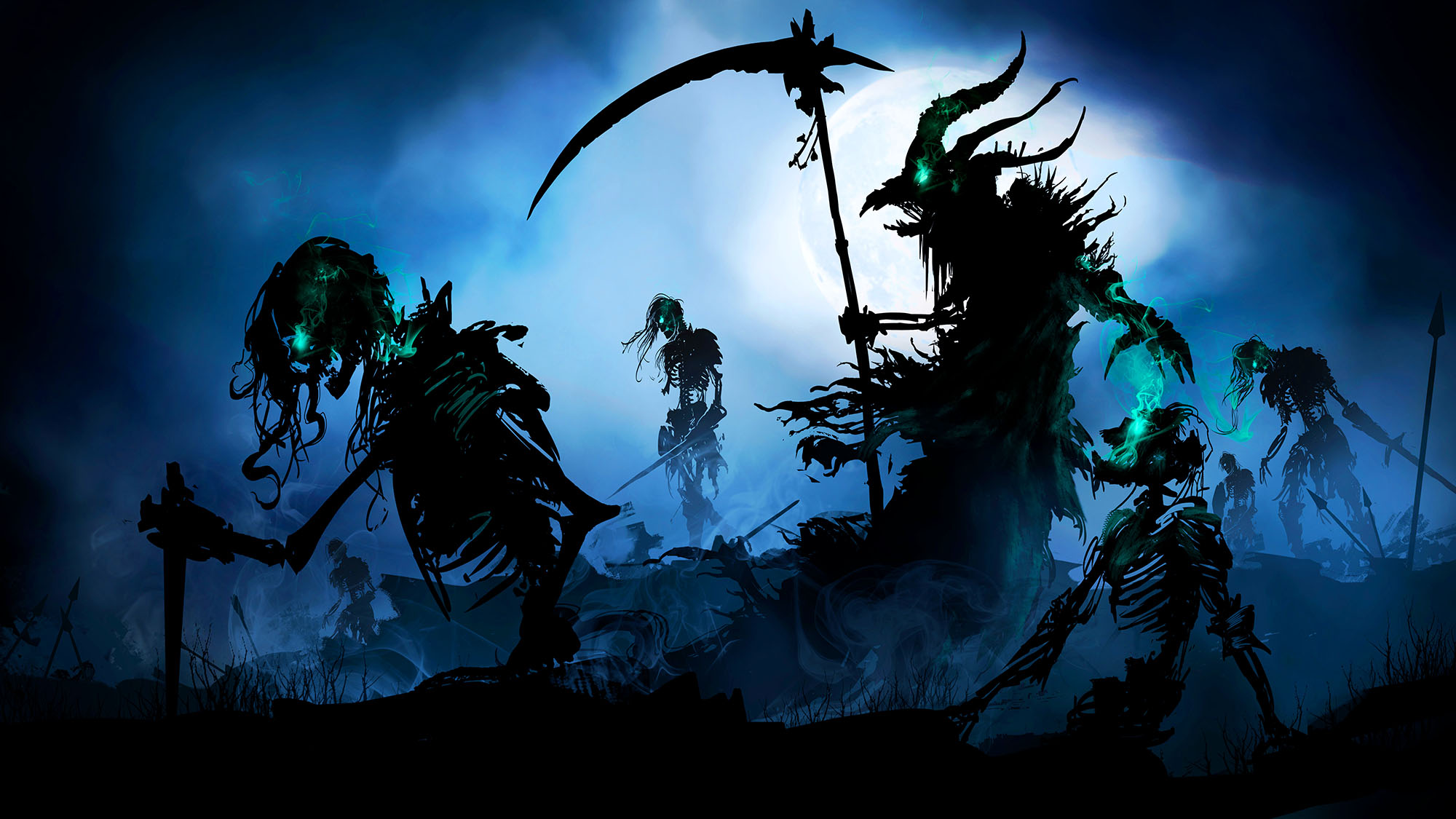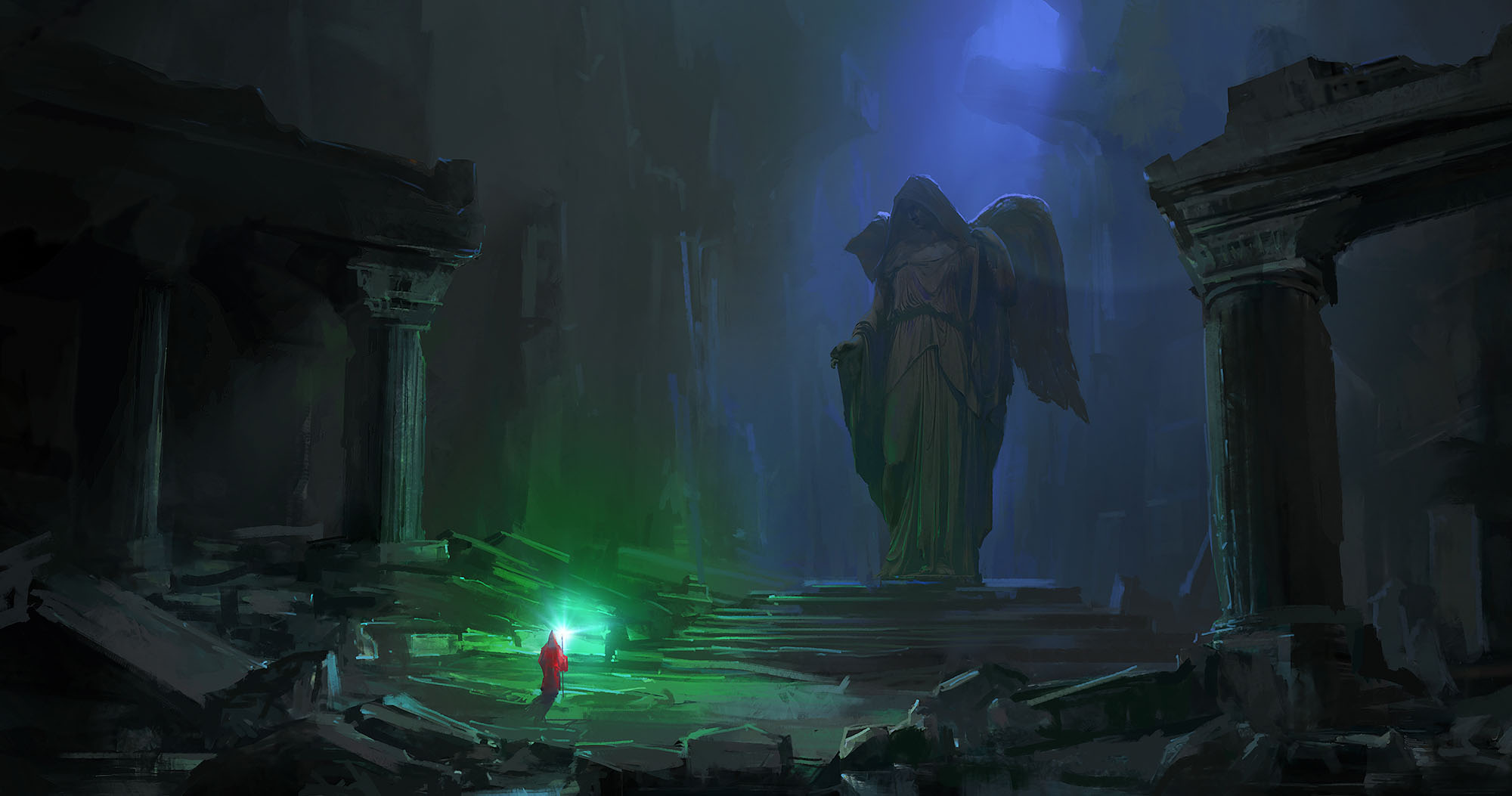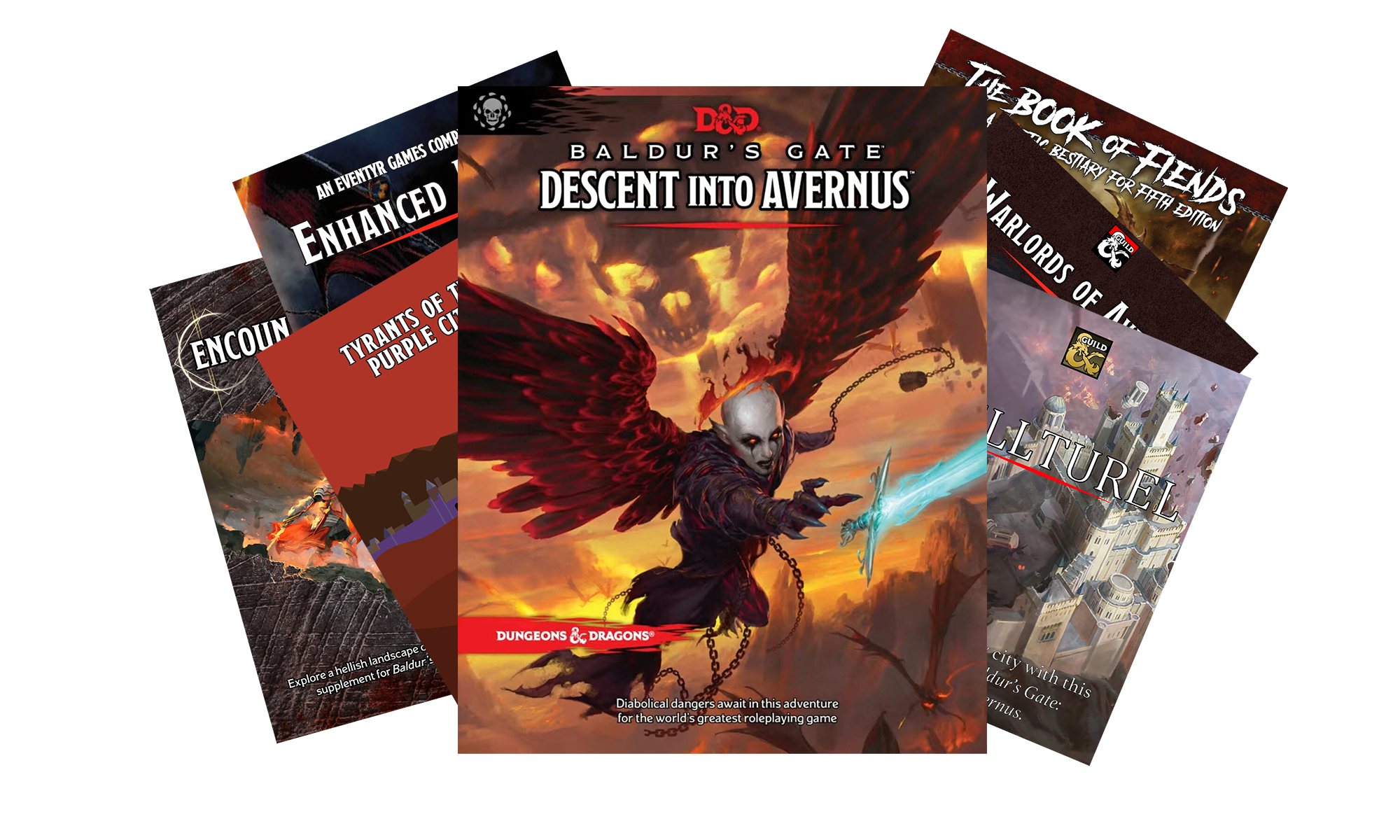Go to Campaign Status Documents
If you’re running a sandbox campaign with ‘crawl-type scenarios (dungeoncrawls, hexcrawls, urbancrawls, etc.), you’ll most likely want to restock those scenarios.
For example, let’s say that there’s a ruined keep west of the village in Hex F6. As the campaign begins, this dungeon is filled with rausling bandits who have been staging raids on the merchant caravans and other travelers passing through the area. At some point, the PCs decide that they’re tired of being harassed by rauslings, so they track the bandits back to the keep and wipe out them out.
The keep now stands empty. That’s a really easy form of status quo, and it could persist for any length of time. But do you want the keep to stand empty forever?
Quite possibly not! In fact, it can be very interesting to have someone else move into a dungeon the PCs have already cleared out once. Going into a dungeoncrawl when you already know the layout of the dungeon is a distinct experience and a very different strategic challenge. Plus, the changes made by the new inhabitants can provide cool surprises!
So what I’ll do when running a hexcrawl sandbox is simply list all of the locations that are currently empty. After each session, I’ll go down the list and make a restocking check for each location on the list (usually 1 in 6 or 1 in 8). If the check succeeds, I’ll figure out who’s moved in (more on that below), create a new version of the adventure notes, and remove the location form the restocking list.
Updating the scenario notes is actually quite similar to doing a dungeon status update, with most of the work being done by simply swapping in a new adversary roster. Rather than doing a “diff file” for the updated room key, though, I’ll take the time to briefly modify my original adventure notes, print up a new copy, and file it in the appropriate spot. (There’s no way to be certain when the PCs will actually re-engage with the dungeon, after all.)
Tip: Even in non-sandbox campaigns, it can be fun to restock and revisit old dungeons. For example, in my Ptolus campaign the PCs cleared out the Temple of the Ebon Hand. Later they hit another cultist stronghold, but some of the cultists escaped. These cultist refugees ended up taking refuge in the abandoned Temple of the Ebon Hand, where the PCs eventually tracked them down.
RESTOCKING MEGADUNGEONS
The same methodology can also be applied to megadungeons. Basically you want to split the megadungeon into sectors and then make restocking checks for each applicable sector.
There are a couple different approaches I’ve used for defining sectors. In my Castle Blackmoor campaign, I followed Dave Arneson’s lead and split each dungeon level roughly into quarters. In other megadungeons, I’ve typically taken a more bespoke approach of looking for the “natural” break points in the dungeon. (For example, if you’ve got two chokepoints in the dungeon, all the rooms between those chokepoints are a natural “sector” that’s likely to be occupied by a particular faction.) The most important thing, I think, is for the sectors to make sense to you. As long as that’s true, it will be much easier for you to keep track of them and also to interpret the “meaning” of your restocking checks.
There are two types of restocking checks you can use in the megadungeon: empty sectors and disturbed sectors.
Empty sectors work more or less like cleared hexes, checking each empty sector once per prep period. (Although I’ve found that 1 in 4 or 1 in 6 seem to have better results as intervals.)
Disturbed sectors, on the other hand, involve tracking each sector the PCs enter during an expedition into the megadungeon, and then checking each one during the next prep period. After checking the disturbed sectors from the previous session, you clear that list.
Of course, both techniques can also be used in tandem (checking both empty and disturbed sectors during each prep period).
Tip: These techniques can also be used with medium-sized lairs and other dungeons that don’t quite aspire to “mega.”
OTHER RESTOCKING CHECKLISTS
You can use similar techniques with other scenario types, too.
For example, if you’re running a heist scenario and the PCs get made during onsite surveillance. How long does it take for the target to figure out that something is wrong and increase their security? Obviously you could just make that decision, but you could also drop this onto your campaign status document and make daily “restocking” checks to see when the reinforcements get installed.
(This can become quite interesting in a more complicated campaign where the heist is only one of several things that the PCs are juggling at the same time.)
RESTOCKING PROCEDURES
The actual process of restocking can be considerably easier if you’re using a game system that comes packaged with procedural content generators. For example, you just have to flip through the 1974 D&D manuals to find detailed dungeon stocking tables and treasure generators. On the other hand, these tools are largely or completely absent from 5th Edition D&D. (And most other RPGs.)
When these tools are absent, I’ll often make the effort to create them. There are also a few universal techniques you can use to fake it until you make it. For example, the AD&D 1st Edition Monster Manual conveniently has almost exactly one hundred pages of monsters. I’ve done a whole bunch of ad hoc stocking over the years by just rolling percentile dice, flipping to the appropriate page, and then randomly picking a monster on that page.
Also think about how you can use tools you’ve already created. For example, if you’re running a hexcrawl or megadungeon you’ve probably created a random encounter table. You can use this same table to determine creature type(s) for your restocking. (This can be limiting, though, as it means you won’t be injecting anything new into your campaign. On the other hand, that may actually be desirable in many cases.)
















